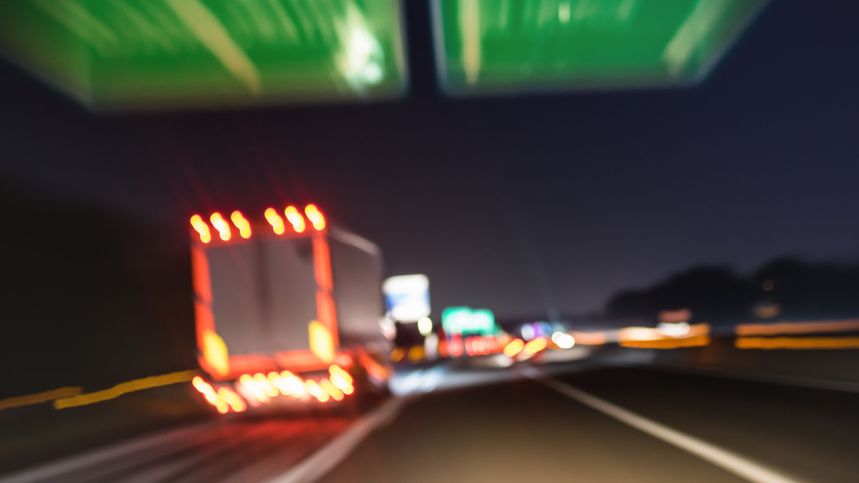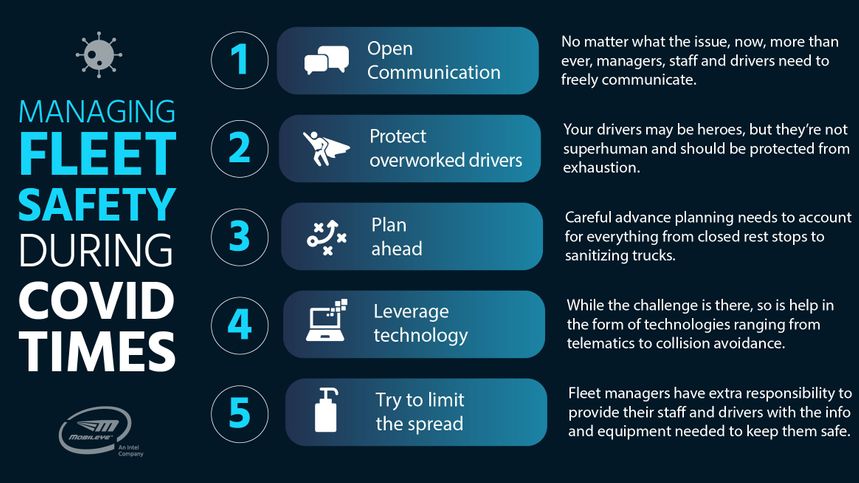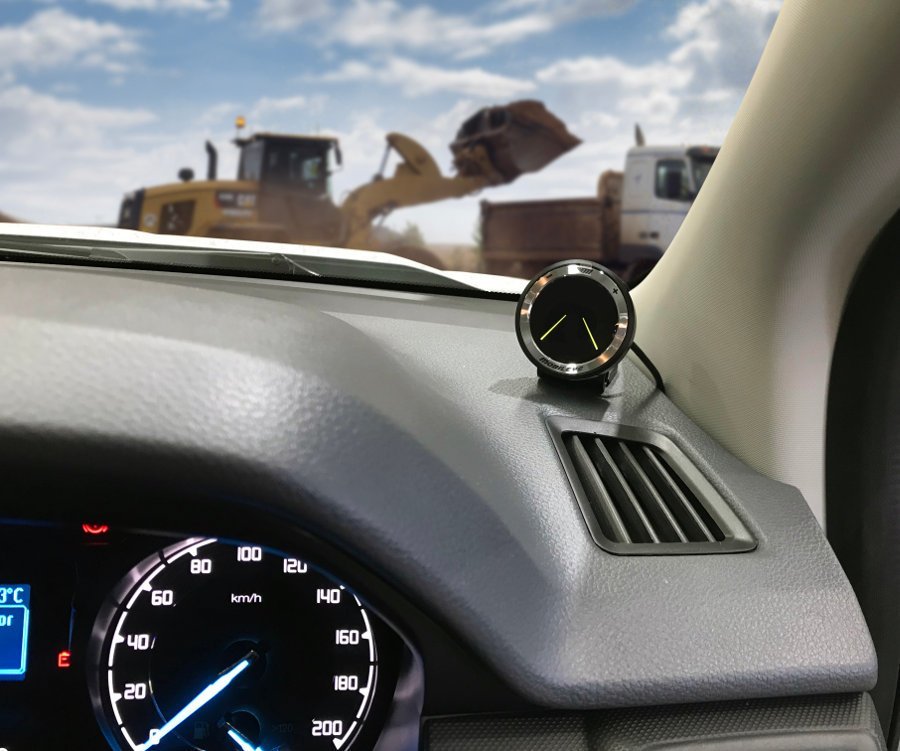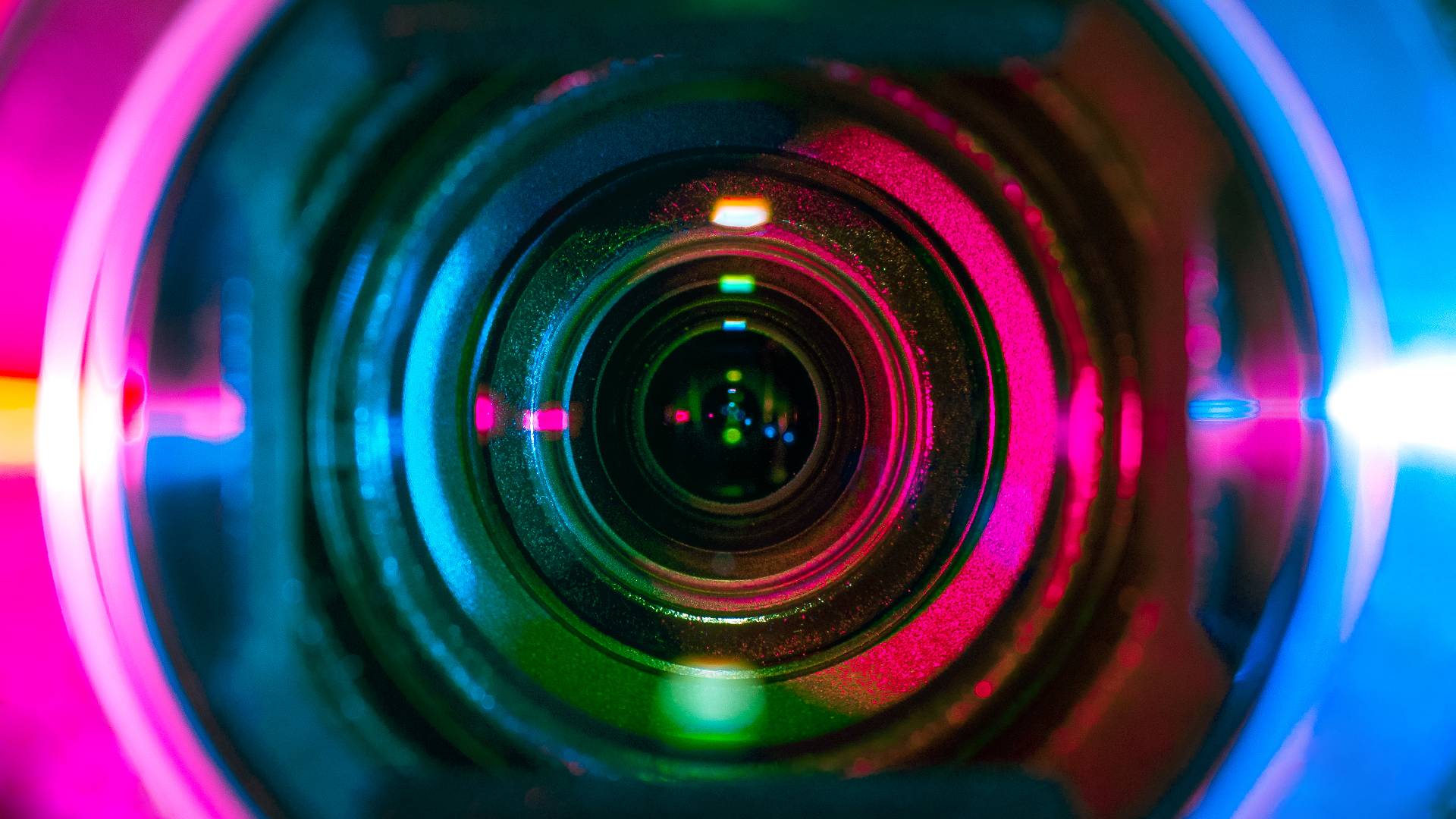
According to the Australian Road Deaths Database, 2019 saw an increase in the road toll to 1,194, up from 1,135 in the previous year. This rise in fatalities includes an 11.4 percent increase in the number of pedal cyclists killed on the road. And while the number of pedestrian deaths resulting from a car crash decreased by 9.6 percent from 2018 to 2019, the figures reveal pedestrians killed during nighttime hours still sits at around 50 percent, dropping by only 2.05 percent in 2019. The number of pedal cyclists killed at night, however, increased by 10.7 percent year on year.
What this data doesn’t tell us is the broader impact these avoidable deaths have on the families of victims and communities. Reducing the number of lives lost on roads is everyone’s responsibility and protecting some of our most vulnerable road users – including pedestrians and pedal cyclists – must be made a top priority, especially at night.
The first step is educating drivers to encourage better and safer nighttime driving. Following is a list of steps drivers can take to help improve driving at night:
1) Keep it Clean – Keeping your headlights and windshield clean will improve your night vision. This tip may seem obvious, but it can make a lot of difference. While a windshield may appear to be clean during the day it could still contain streaks that will show up after dark. Try cleaning your windshield with newspaper, taking care not to touch it, or any mirrors, as skin contains oils that can smudge glass and impair your nighttime view. Clean the inside of the windshield as well.
2) Heads Up – Many of us take headlights for granted. If they’re working, great. If not, replace them. Headlight maintenance has a significant effect on night driving. A 2018 report by the American Automobile Association, showed that clouded or yellowed headlights generate only 20 percent of the light generated by new headlights. The discoloration is caused by sunlight breaking down the protective plastic coating on headlights, significantly impacting how you see the road at night. So, don’t just check to see if your headlights are working, make sure they are working well.
3) Glaringly Obvious – One of your biggest enemies when driving at night is the glare from other headlights. This is especially true when oncoming drivers neglect to switch off their high beams. According to the National Highway Traffic Safety Administration (NHTSA) these bright lights, “can create scatter inside the eye not unlike that experienced when looking through fogged glass or smoke, which makes objects harder to see.” According to WorldSafety2018, you can fight headlight glare by making sure you don’t stare directly at oncoming headlights and instead shift your gaze to the road markings on your left. The organisation also notes that if the lights on your dashboard are too bright, this can affect your night vision. Adjust these lights so you can read the dash without it interfering with your driving.
4) Drowsy Driving – Darkness equates to sleep for many of us, meaning that drowsy driving poses a real danger at night. Authors of the 2016 Sleep Health Survey of Australian Adults found an alarming 29 percent of people drive while drowsy at least once every month, 20 per cent have nodded off while driving and 5 per cent have had an accident in the past year because they have dozed off while driving. And for commercial drivers, risks may be particularly acute. A study by the National Transport Commission (NTC) and the Cooperative Research Centre for Alertness, Safety and Productivity (Alertness CRC) into heavy vehicle driver fatigue found the greatest risk of an increase in drowsiness occurs after 15 hours of day driving, when the shifts starts before 9am. Six to eight hours of night driving, when the shift starts in the afternoon or evening, and driving a shift that starts after midnight and before 6am also contributed to increased drowsiness. The report states greatest alertness levels can be achieved under current standard driving hours for shifts starting between 6am – 8am, including all rest breaks.
5) Nighttime collision avoidance — With all the challenges faced by nighttime drivers it’s critical to provide support in any way possible. Over the years, collision avoidance systems have proven themselves in protecting drivers and other road users. While systems such as the Mobileye 6 have been effective at detecting vehicles at night, the newly-released Mobileye® 8 Connect™ [CC1] has added nighttime* detection of pedestrians and cyclists to its features. The system constantly scans the road ahead for potential obstacles and alerts drivers to their presence; and, of course, it never gets tired, drowsy or distracted. These alerts can give drivers the time they need to avoid or mitigate collisions.
Contact Mobileye for more information on how you can protect your fleet and drivers, day and night.
*The system can work in extremely low light but not in complete darkness. Exact specifications and limitations are set out in the relevant user manual.




